BioShock 2 is one of the boldest sequels ever made
Revisiting the depths of Rapture.
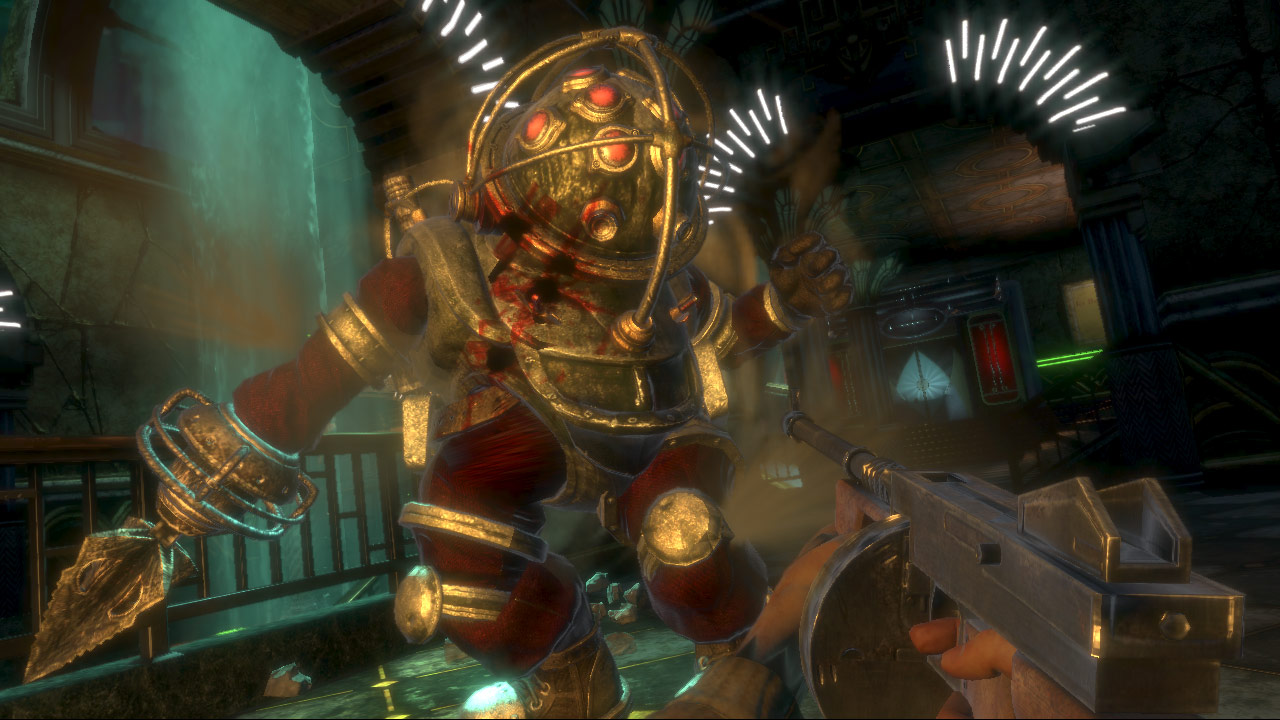
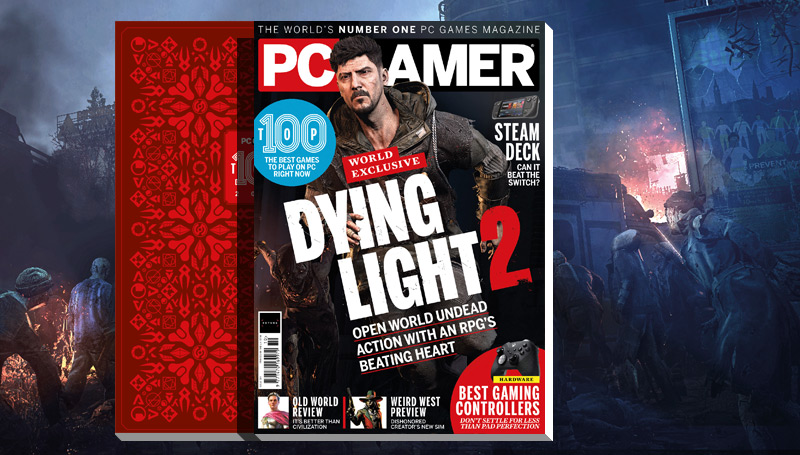
This article first appeared in PC Gamer magazine issue 361 in September 2021, as part of our 'Reinstall' series. Every month we load up a beloved classic—and find out whether it holds up to our modern gaming sensibilities.
When BioShock 2 was released back in 2010, it had only been three years since we last got our feet wet in briny depths of Rapture. I remember feeling like the undersea dystopia was still relatively fresh in my mind, and had little desire to return. However, this sequel that nobody really wanted turned out to be confident, intelligent, and imaginative, matching the quality of the original, and in some ways bettering it. It’s the story of a Big Daddy, Subject Delta, searching the decaying, leaky corridors of Rapture for his Little Sister, and butting heads with Sofi a Lamb, the psychiatrist turned cult leader who betrayed him.
Rapture was in a bad way in BioShock, but a decade later it’s in an even worse state of disrepair. Entire districts of Andrew Ryan’s monument to hubris are now completely submerged in ice-cold Atlantic seawater. The once lavish ballrooms, bars, and department stores are damp and rotten, crusted with barnacles. It’s a vivid depiction of a place losing a battle with nature, and a highly effective setting. Still identifiably Rapture, but grimmer, dingier, and more hopeless.
It’s also more dangerous, thanks to the presence of brute splicers—grotesque ADAM-powered giants—and the Big Sisters, an agile, powerful, and terrifying new kind of protector you have to contend with. When the ocean swallows this place up, it’ll be doing it a favour...
Daddy Cool
Stepping into the clunky boots of a Big Daddy gives you a uniquely interesting and more intimate perspective on the city. You aren’t an outsider (or someone who believes they’re an outsider) like Jack in the original game, but a key part of Rapture’s bizarre ecosystem. Subject Delta, a prototype model, is different from the lumbering, groaning Big Daddies who stomp around the city protecting the Little Sisters.
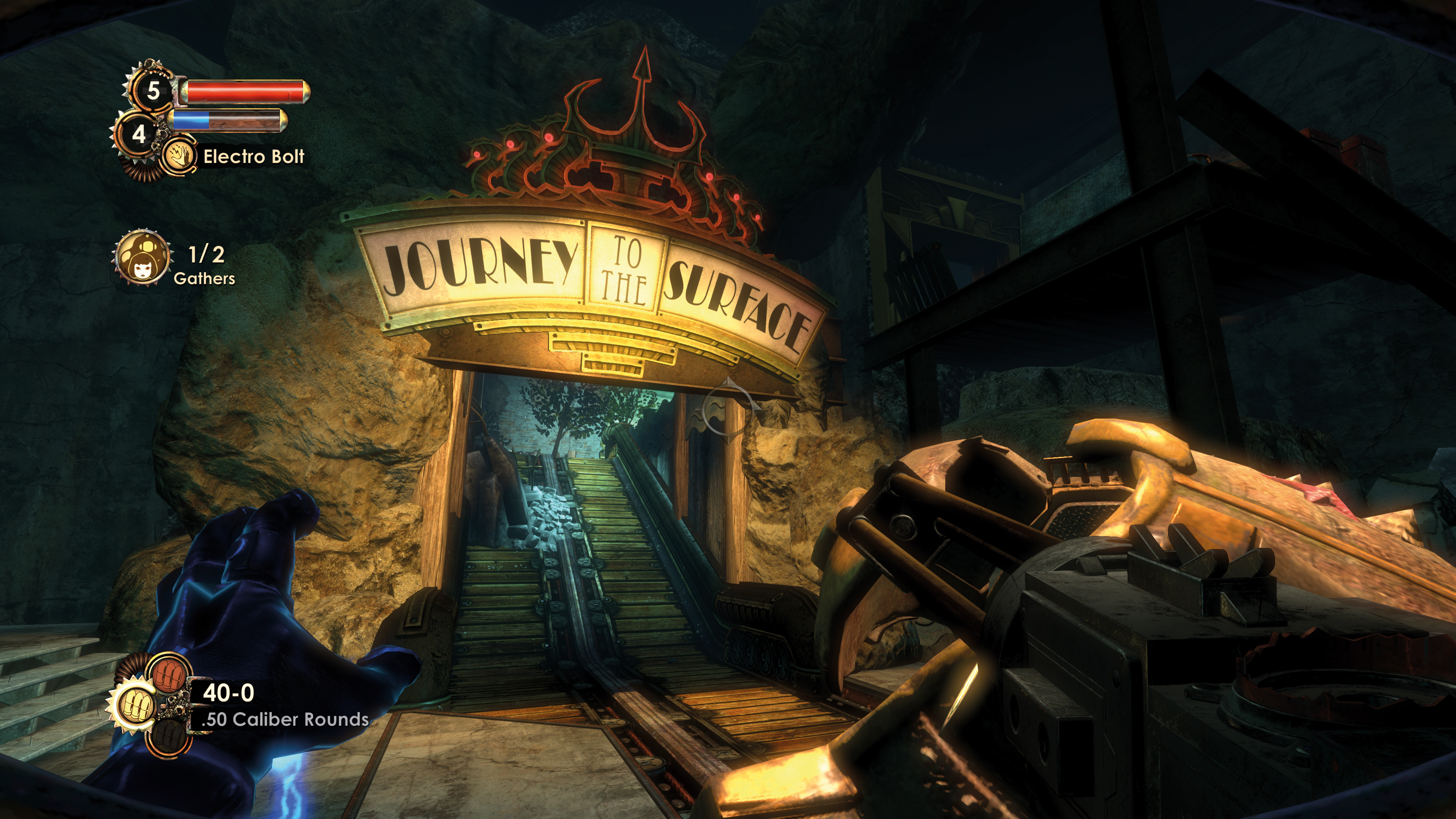
He has rather more free will, and a special, lifelong bond with one Little Sister in particular, Eleanor. If she dies, he dies, which gives him extra motivation to track her down, beyond just gene-induced fatherly love. From a story perspective, playing as a Big Daddy is actually an inspired idea. But in terms of actually moving around Rapture, you don’t really feel like one.
There’s very little weight to the controls. No real sense of being a towering, heavy figure clad in an iron diving suit. Even the drill, a trademark weapon of the Big Daddies, feels curiously feeble when you swing it. The first-person controls are basically identical to Jack’s in the original game, which detracts a little from the sensation of being a Big Daddy.
The game might not have been much fun if you spent the whole playtime slowly clomping around the expansive city of Rapture, but just a little more weight would’ve helped the illusion. I do like how you can hear the tap of water on your helmet when you stand under a leak, though. And occasionally, if the light hits you just right, you catch a glimpse of your hulking great shadow, which reminds you that, oh yeah, I’m a Big Daddy, aren’t I?
The biggest gaming news, reviews and hardware deals
Keep up to date with the most important stories and the best deals, as picked by the PC Gamer team.
Harvest Boon
You might not move like a Big Daddy, but you do occasionally act like one. At certain points in BioShock 2 you have to protect a Little Sister as she goes about her rounds, sucking ADAM out of splicer corpses and recycling it. This is a neat way of making you a part of a dynamic you observed countless times back in the original game. When the Little Sister begins the harvest, waves of splicers descend on her, which brings the sequel’s improved combat to life. Being able to simultaneously wield a gun (or drill) in one hand and a Plasmid in the other is the most significant change, dramatically increasing the pace and aggression of battles, and letting you pull off power/weapon combos more fluidly.
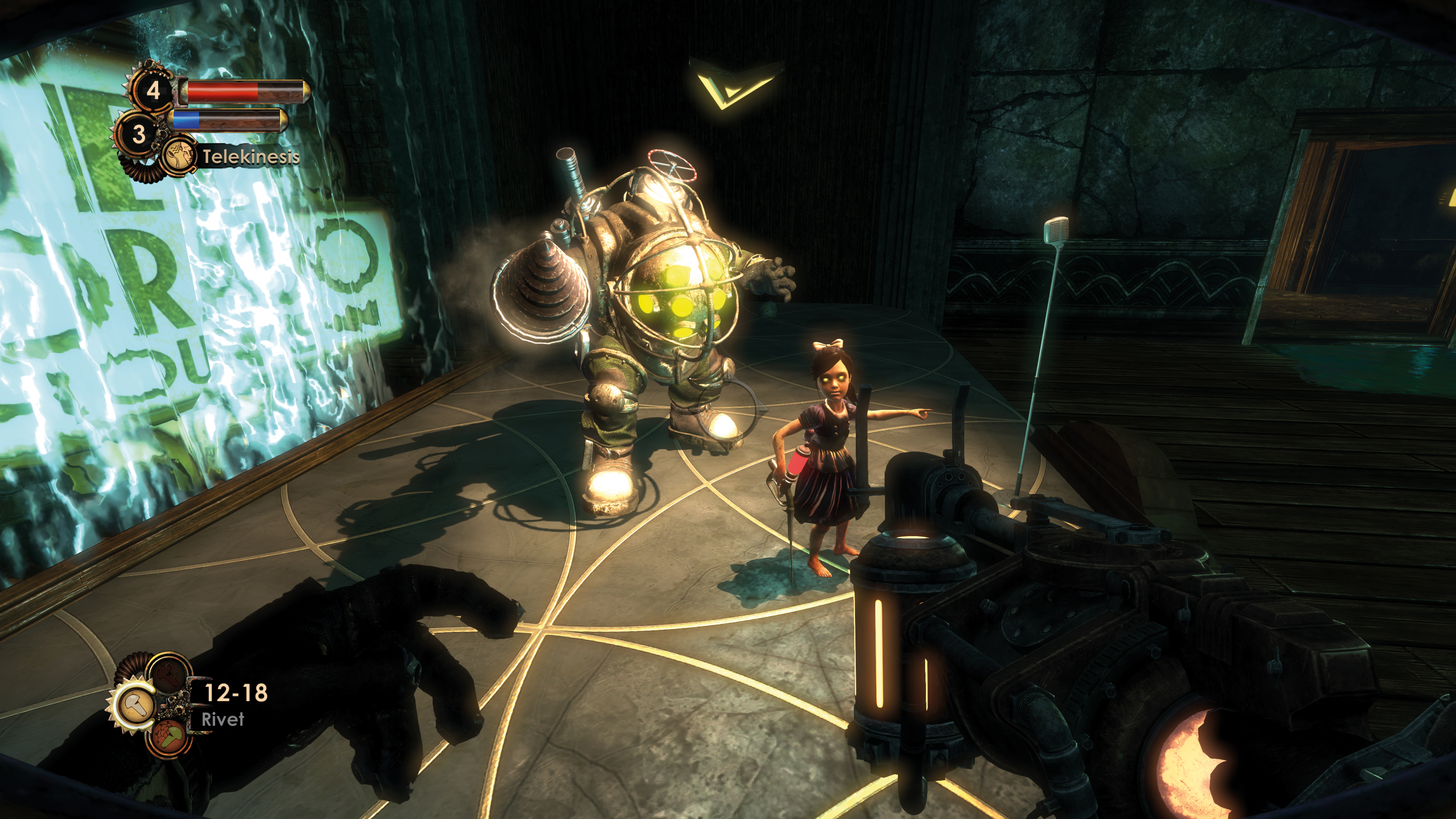
Cold, calculating villain Sofia Lamb is the polar opposite of Andrew Ryan. He worshipped the ideal of the self, an objectivist, while Sofia believes in the power of the many. A communist, basically—exactly the kind of person Ryan feared might one day invade and conquer his city. She’s an influential figure in Rapture, but why no mention of her in the first game? The real answer is, she hadn’t been written yet. But in the game there’s a hand-wave about her being imprisoned by Ryan and all traces of her teachings being hidden away from the masses. As an antagonist she doesn’t have the charisma or zealous fi re of Ryan, but her quiet ruthlessness does a good job of setting her apart.
One of the sequel’s cleverest tricks is how your morality affects not only your own conscience, but Eleanor’s story too. At several points in the game you’re given the opportunity to kill or spare a character, and how these decisions play out can result in one of several different endings.
If you have a callous attitude to life and death, Eleanor will notice, using you as her moral compass. But if you show compassion, she’ll ultimately become a better person. This is so much more interesting than just saving or harvesting the Little Sisters in the first game, and has a higher emotional stakes for the protagonist. There are multiple endings – or rather, around six variations of the two main endings—and the outcomes of each can be drastically different based on the decisions you make and, by association, the influence you have on Eleanor.
Level Up
BioShock 2’s level design is also a step up from the first game. The overall themes of the districts aren’t quite as striking—there’s nothing here to rival Fort Frolic, for example—but the maps themselves are more complex, multi-layered, and spatially imaginative. In our first trip through Rapture we saw the lives of the rich and influential, but here we get a glimpse of what it’s like to be down and out in Ryan’s city. Pauper’s Drop, a rail maintenance facility turned slum, is the best example of this. The dense, detailed shanty town is bursting with little stories, showing an even uglier side to the city than we’d ever seen previously in the original BioShock.
We also get some flashes of life on the other side of the tracks, including the Adonis Luxury Resort, a spa for the wealthy and pampered. And the trip to Ryan Amusements—a propaganda theme park—is a clever way of giving Andrew Ryan and his philosophies a presence in the city, despite him being dead for many years.
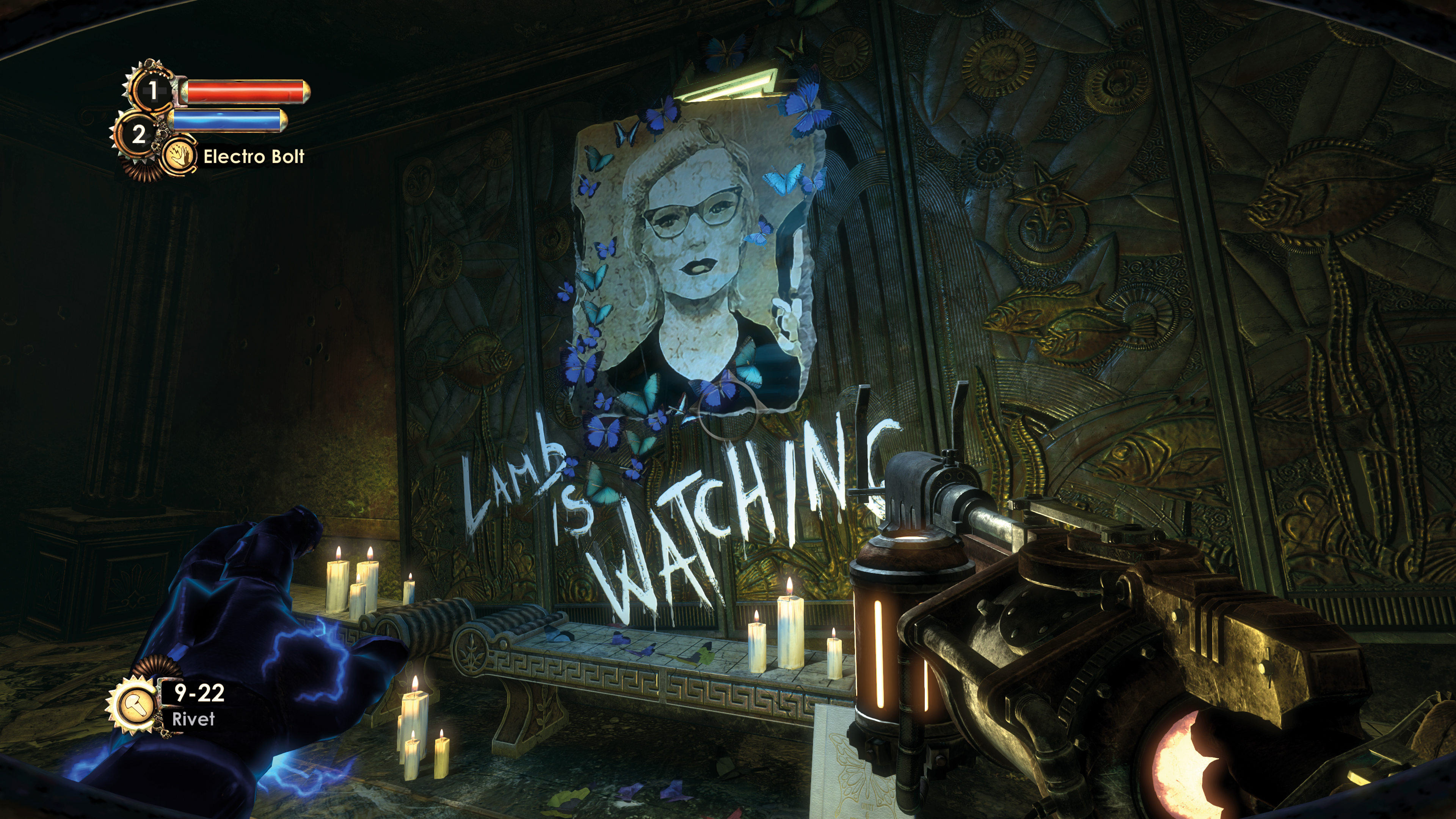
While BioShock 2’s improved combat, nuanced approach to morality, and more interesting level design makes it functionally a better game than BioShock, I do still think that the original is the superior experience. Descending into Rapture for the first time, learning about the city and its collapse, and the big reveal at the end are difficult to beat. Returning to Rapture in BioShock 2, it still has impact as a setting, but that feeling of beguiling, wondrous mystery just isn’t quite there. This at least makes sense in terms of the fiction. Subject Delta was created in the city and lived there for some years, which gives our familiarity with the setting as BioShock players some in-universe logic.
Thanks to the 2016 remastered re-release, BioShock 2 runs perfectly on a modern gaming PC. That being said, you shouldn’t expect much from the ‘remaster’—it looks basically the same as it did when it was first released back in 2010. The main reason to play this version is improved compatibility with Windows 10, a 4K-friendly UI, and built-in support for modern gamepads. And you get both DLCs—The Protector Trials and the superb Minerva’s Den—bundled in, making it a complete singleplayer package.
Sadly, the game’s excellent, largely forgotten multiplayer mode is nowhere to be found in the re-release, and no longer possible to play in the original version. That’s a real shame, but it’s the singleplayer that really makes BioShock 2 special, and it remains one of the best, and boldest, sequels ever made.
If it’s set in space, Andy will probably write about it. He loves sci-fi, adventure games, taking screenshots, Twin Peaks, weird sims, Alien: Isolation, and anything with a good story.


